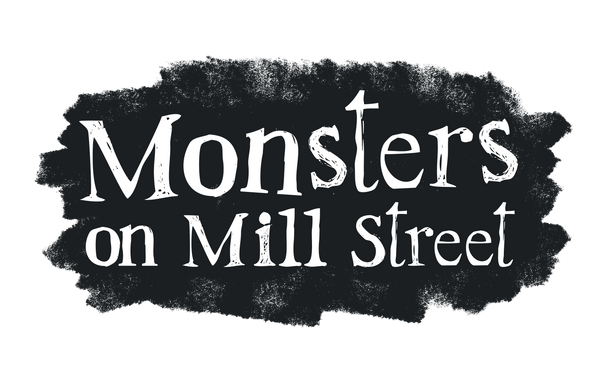
Turning Clean-Up into Playtime
Share
As parents, it can sometimes feel like messes pop up the second we turn our backs. No matter how many times we tidy up, there are always stray socks, scattered toys, and mysterious crumbs that seem to appear out of nowhere. And more often than not, there’s a child spinning like a tornado, leaving chaos in their wake.
Teaching kids the importance of cleanliness and organization isn’t easy—especially when it feels like a chore for both them and us. But research shows that turning tasks into a game can trigger dopamine, the brain’s “feel-good” chemical, which boosts motivation and helps build lasting habits. When cleaning feels fun, kids are more engaged, more likely to stick with it, and even start seeing organization as something rewarding rather than a boring task.
In The Messiest Monster on Mill Street, instead of dreading the mess Max finds ways to make cleaning up feel like a game. Here are just some of the tricks we use at our house:
Create a Cleaning Race
Children love a good competition. Turn cleaning into a race against time, where your child has to pick up as many toys as they can in a specific timeframe. You can use a kitchen timer or even an app on your phone. This sense of urgency can motivate them to clean up quickly and efficiently.
Sort It Out
Sorting is an excellent cognitive exercise for children and can make cleaning up more interactive. Have your child group their toys or items by categories – it could be color, size, type, or any other criterion that makes sense to them. You can also introduce rewards for correctly sorted items to motivate them. And as a bonus, this type of game helps littles practice pattern recognition and observational skills.
The Toy Rescue Mission
Just like Max, your child can embark on a rescue mission to save their toys from the clutches of the 'Mess Monster'. The aim is to save as many toys as possible by putting them back in their designated places.
Sing a Clean-Up Song (or Listen to Catchy Tunes)
A catchy clean-up song can make the activity fun and dance-worthy. Songs help create a positive association with cleaning up, making it feel less like a chore and more like a dance party.
Star Charts and Rewards
Create a cleaning star chart where your child can earn stars for each cleaning task they accomplish. Once they accumulate a certain number of stars, they can exchange them for a small reward. This system encourages consistent cleaning habits. For older kids, apps like Joon (www.joonapp.io) or ChoreWars (www.chorewars.com), can be a fun way to integrate gameplay into everyday household chores.
Just like Max learned to transform clean-up into playtime, these techniques can help your child see cleaning in a new light. The key is to maintain a positive attitude, create engaging games, and most importantly, ensure that you're having fun along the way.
